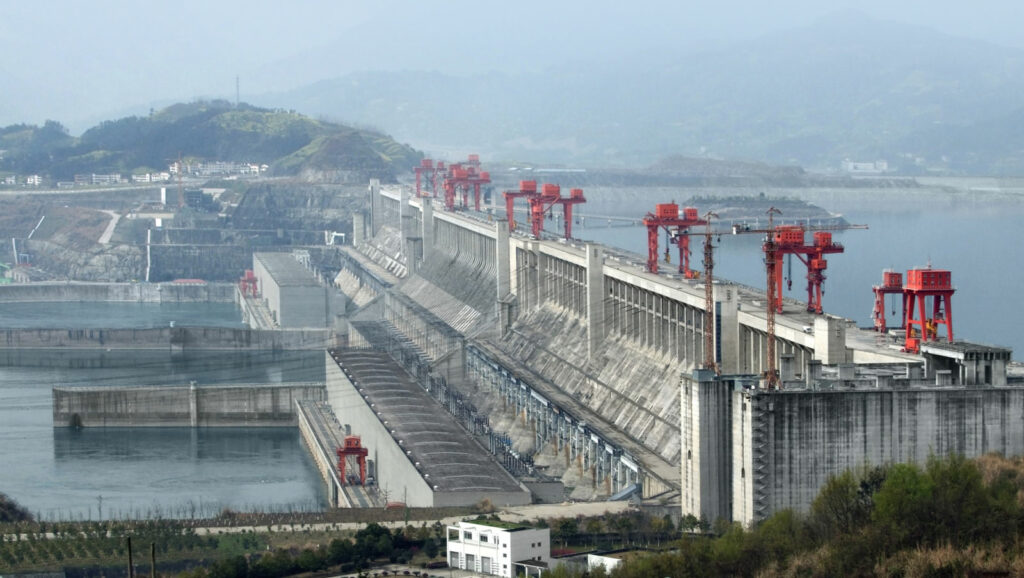China discharges floodwater from one of the world’s largest dams amid heavy rain season
It's the world biggest hydropower project
Following viral videos on social media of flooding cities below the Three Gorges Dam and complaints by residents, the Chinese government acknowledged that it had released floodwaters from its spillways for the first time this year. Experts dismissed risks of the collapse of the dam.

The Three Gorges Dam is the world’s biggest hydropower project and has been functional since 2012. It spans the Yangtze River by the town of Sandouping in the Yiling District in China. The project has been criticized over fears of the collapse of the dam and the fact that it involved the displacement of 1.3 million people.
Videos surfaced on social media showing intense flooding in Hubei Province’s Yichang City, which lies directly below the dam. Residents suspected that the flooding was related to an emergency flood discharge from the sluices of the monster dam, something that the Chinese government initially dismissed.
Nevertheless, China finally admitted that the dam had implemented its first floodwater discharge of the year and that a new wave of flooding is heading toward the Three Gorges catchment area, which covers one million squared kilometers – amid heavy rainfall in the Yangtze River.
China’s state-run Xinhua news agency reported that the dam’s operators had opened two spillways on Monday, with 34 of the dam’s generators fully operational and close to full capacity. The agency reported heavy rain near the tributaries of the Yangtze river as well as in the Jialing and Han rivers.
Xinhua also reported that by Sunday the inflow of the dam had reached 40,000 cubic meters per second, twice the amount seen the previous day. In response to the incoming water, authorities ordered that the daily discharge threshold of Three Gorges Reservoir be increased to 35,000 cubic meters per second.
Chinese state media had previously claimed that the dam was making full efforts to “generate electricity.” However, some Hong Kong news outlets alleged that the “power generation” of the Three Gorges facility was actually an emergency flood discharge to prevent the dam from the threat of collapse.
Radio Free Asia (RFA) cited Zhang Jianping, a Chinese human rights activist based in Jiangsu, as saying that those who had opposed the construction of the monstrous dam were right. “Since it was built, it has never played a role in preventing flooding or droughts, like we thought it would back then.”
Guo Xun, a research fellow at the Institute of Engineering Mechanics at the China Earthquake Administration in Beijing, told Global Times that the dam is capable of holding far larger inflows than it is seeing now. He argued the dam is capable of meeting water levels at 175 meters or flow up to 70,000 cubic meters per second.
The current two-meter excess of water that the dam now has indicates that water in the reservoir needs to be discharged to balance outflow and inflow to prevent the water level from continuing to mount, a common practice in rain seasons, Guo said. He dismissed the water is not a challenge to the reservoir.
Speculation that the dam is an impending disaster has long circulated. In July 2019, a satellite image of Google Maps appeared to show that the Three Gorges Dam was distorted, sparking concerns that it is at the edge of breaking. But the dam’s operators claim that the structure is operating normally and that the dam is safe and reliable.

Comments
Post a Comment